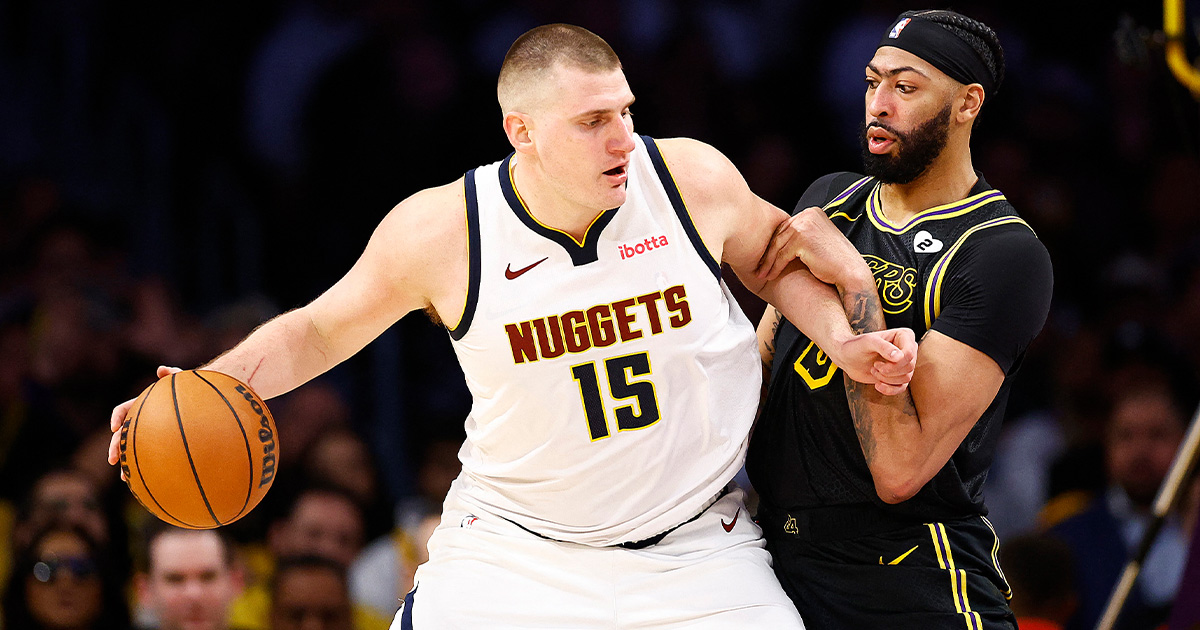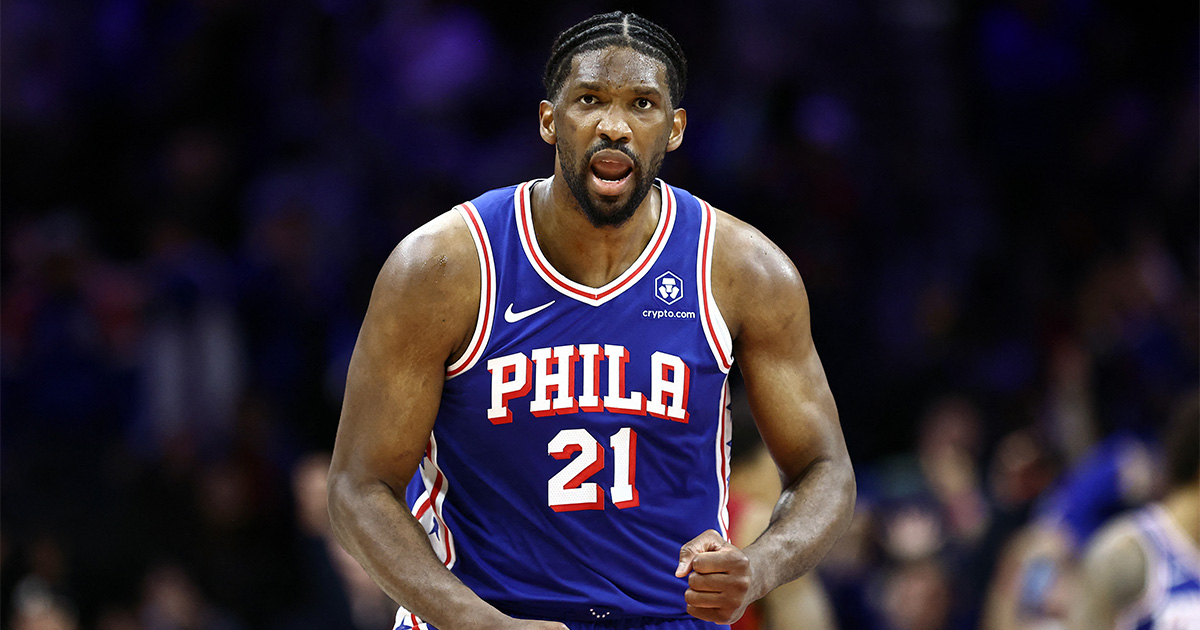Modern NBA offenses have been predicated on 3-pointers and high-percentage inside shots. The success of execution, however, varies from team to team.
Shot selection and in turn, quality are relative depending on whether you’re talking about the Utah Jazz or the Memphis Grizzlies. The former relies on its outside game to open up things inside, while the latter does things the other way around.
Game 4 saw the Jazz fend off the pesky Grizzlies to go up 3-1 in their first round series matchup, and the key to their success was in sticking to what got them to the postseason and the best record in the NBA.
Utah lives and dies by the three and from a team standpoint, that is what gets their offense running. Their 16.7 threes per game in the regular season was the best in the NBA (and a league record) and in two of their four playoff games, more than half of the Jazz’s total shot attempts came from behind the 3-point line. Of course, Donovan Mitchell’s return to the lineup has given them a shot in the arm, but his presence greatly benefitted the likes of Sixth Man of the Year Jordan Clarkson, Joe Ingles, Mike Conley, and Royce O’Neale.

In fact, Conley’s two 3-pointers in the fourth quarter of Game 4 helped restart a lethargic Jazz offense in time before Memphis could take over. His first 3-pointer with 5:08 left in the game was Utah’s first basket in the fourth quarter. His second 3-pointer with 3:24 left made it a three-possession game and helped put the game out of the Grizzlies’ reach.
The Jazz shooters aren’t the only ones happy when the shots fall, as their inside game opens up. Take Rudy Gobert’s case in Game 4, where he scored 15 second-half points and contributed to the inside-outside attack that prevented Memphis from going on a game-breaking run.
Meanwhile, the Grizzlies offense runs through Ja Morant. His drives to the basket and patented floater create opportunities not just for him, but for the rest of the team as well. His career playoff-high 47 points in Game 2 was a masterpiece of floaters and some nifty passing, but unfortunately it wasn’t enough to complete the road sweep.
With him, the pace is frenetic and that allows Memphis to take advantage of points in transition and off turnovers. The Grizzlies also capitalize on second chance points, as being the youngest team in the playoffs has reflected in their energy on the boards. In Game 4, however, both Utah and Memphis had identical rebounding numbers (42 rebounds, 35 defensive boards and seven offensive boards) and this evened the playing field for both teams.
After his 47-point outburst, the Jazz have made efforts to turn Morant into more of a passer rather than a walking bucket who can also pass. As a result, he had some offensive struggles down the stretch and at times forced shots that would have been more deliberate with the right offensive rhythm.
During their Game 1 upset of the Jazz, the Grizzlies attempted only 20 3-pointers and capitalized on the foul troubles of both Gobert and Conley. The next two games, however, saw them take and make more 3-pointers thanks in part to the opportunities Morant created.
In Game 4, Memphis made 10 threes on 35 attempts, and while they attempted 41 threes in Game 3, much of the energy usually spent on their inside attack was diverted to 3-pointers. Knocking down a 3-pointer usually incites a feeling to attempt another one when given a chance and this likely happened to the Grizzlies in the succeeding games.
Naturally the Jazz’s defense helped them take a 3-1 series lead, but wins in basketball are still determined by the team that scores the most points. Last season, they were also up 3-1 to the Denver Nuggets, but they squandered that and went home in the first round. They’ve learned their lesson from that setback and they’ll stick to their guns if they want to stick around until July.















